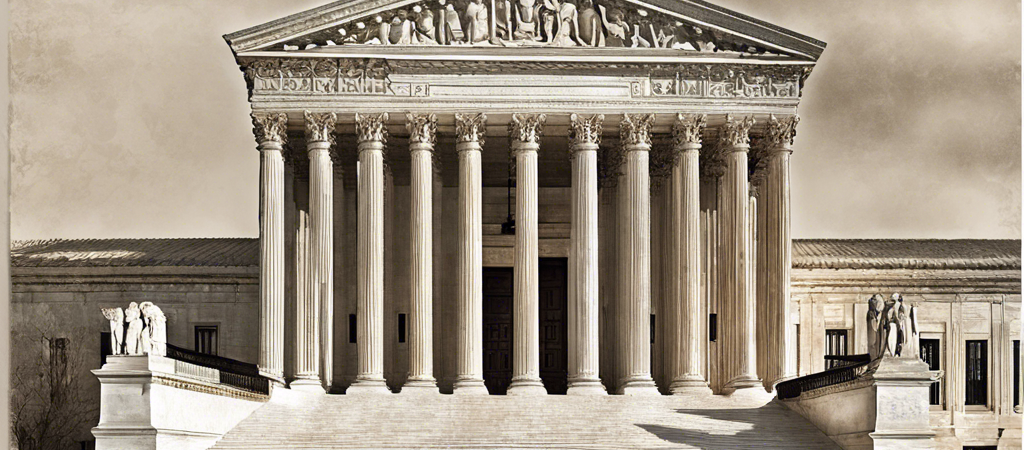Background: The case revolves around the claim of easementary rights by the Gala family over a 20-foot-wide road (rasta) on land owned by the Ramani family. The Gala family claimed they had the right to use this road for access to their property (Survey No. 48 Hissa No. 15) based on long-term use and necessity.
Key Points:
- Easement by Prescription:
- Requirement of Continuous Use: The Gala family failed to prove that they had been using the road for the uninterrupted 20 years required to establish an easement by prescription under Section 15 of the Easements Act, 1882. The court noted that the vague claim of using the road for “last many years” did not meet the legal requirement.
- Lack of Evidence: Neither the Gala family nor their predecessor-in-interest provided testimony or evidence to support the claim of long-term use, which is necessary to establish a prescriptive easement.
- Easement by Necessity:
- Alternative Route Available: The court found that the Gala family had an alternative route to access their property, even though it might be longer. This availability of another access route defeated their claim for an easement by necessity.
- Legal Standard: Under Section 13 of the Easements Act, an easement of necessity arises only when no other access is available. Since another route existed, the claim was not valid.
- Reliance on Power of Attorney Holder’s Testimony:
- Insufficient Authority: The Power of Attorney holder for the Gala family, who provided testimony, did not have personal knowledge of the historical use of the road and was not authorized to act as their Power of Attorney at the time of the relevant events. His testimony was therefore deemed insufficient and irrelevant to establish any easementary rights.
- Legal Precedent: The court reiterated that a Power of Attorney holder can only testify about facts within their personal knowledge, and they cannot provide evidence about events they did not witness.
- Easement Claimed Under Sale Deed:
- Validity of Transfer: The Gala family claimed they acquired easementary rights under a Sale Deed dated 17.09.1994. However, the court found that there was no evidence that the predecessor-in-interest (Joki Woler Ruzer) or the government had any easementary rights over the disputed road to transfer to the Gala family.
- Admissibility of Evidence: The court also noted that only a photocopy of the Sale Deed was produced, which is inadmissible as evidence. Additionally, even if the Sale Deed had been admissible, it could not have conferred easementary rights that were not already legally established.
- Comparison with Other Easement Rights:
- No Comparable Rights: The court rejected the argument that because another landowner (Dharmadhikari) had a right to use the road, the Gala family should also have such rights. The court clarified that Dharmadhikari’s rights were specifically assigned in his sale deed, while the Gala family’s predecessor never acquired such rights.
- Powers of the Appellate Court:
- Authority to Overturn Findings: The court confirmed that the first appellate court has the authority to overturn the findings of the trial court if those findings are against the evidence or based on incorrect interpretations of the law.
Additional Points for Those Seeking Easement Rights:
- Documentation and Clear Evidence: It’s crucial to have documented evidence of continuous and uninterrupted use of a pathway for at least 20 years to claim an easement by prescription.
- No Alternative Routes: To claim an easement by necessity, one must prove that there is no other access to the property. The existence of any alternative route, even if less convenient, can invalidate such a claim.
- Valid Legal Transfers: When claiming easementary rights based on a sale deed, ensure that the predecessor-in-interest legally possessed and transferred those rights. Admissible evidence (original documents) must be provided to support such claims.
- Testimony by Knowledgeable Witnesses: Only those with personal and direct knowledge of the historical use or necessity of the easement should testify. Power of Attorney holders or other agents lacking personal knowledge are insufficient to prove such claims.
Conclusion: The Supreme Court dismissed the appeals, finding that the Gala family failed to prove they had any easementary rights over the disputed road, whether by prescription, necessity, or under a sale deed. This case highlights the importance of clear, documented evidence and legal compliance when asserting easementary rights.
For any queries please email me at giganisaqib@gmail.com.
The above is an interpretation and expression of the author. All cases have unique circumstances and events which require to be considered before commenting on the Law. Each legal case is unique, with its own set of circumstances and facts that must be carefully considered before any legal advice or opinion can be given. Therefore, while the article aims to enhance legal knowledge and assist individuals in understanding the law, it should not be used as a substitute for professional legal advice. It is strongly recommend that you consult with a qualified legal professional to discuss your specific situation before making any legal decisions or taking any action.

